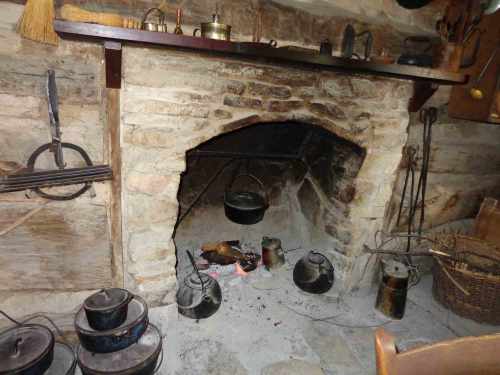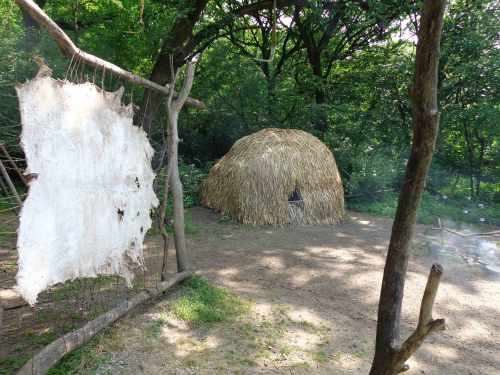I didn’t realize it until I returned home and went through my photographs, but despite being made of aluminum, rather than wood, Cathy’s barn looked remarkably like the 1900s barn at the Living History Farms in Iowa. (See the January 14 post.)
A paper placemat from a restaurant visited a little later in my trip made it clear why. There are a substantial number of different barn styles, and about sixteen of the most common were pictured on that placemat. The style of a barn reflects one or more of several possible influences, such as where it was built (terrain and weather often dictating what is practical), the background or ethnicity of the family that built it, when it was built, what it would house, and materials available.
Both the barn in Iowa and here in Arapahoe were Western Prairie Barns (top row, center, in the photo above of the mentioned—and saved— placemat). This was a particularly common style on the western and southwestern prairies. Farmers and ranchers had plenty of space for storing hay and grain for livestock, and the barns were big enough to house the livestock, too, if that became necessary. This style of barn was traditionally constructed of wood and was built throughout the 1800s, as agriculture moved westward. It was interesting to see the old style reproduced in a newer material.



















